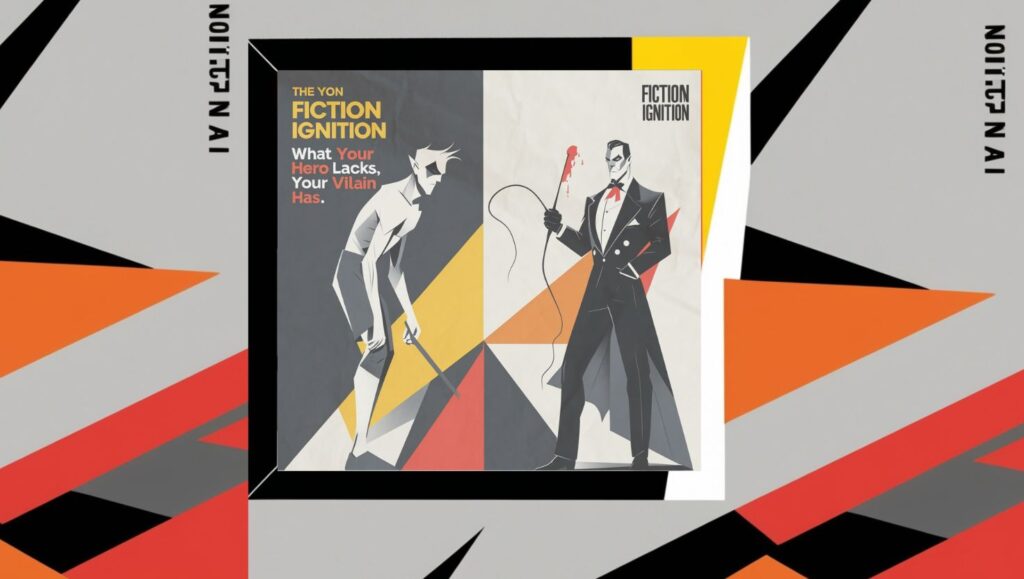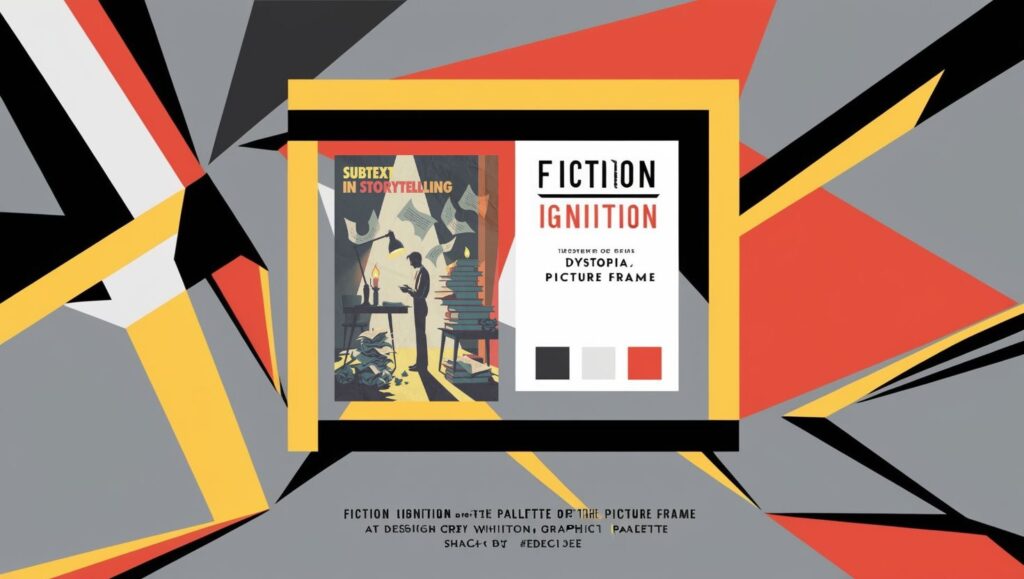Greetings, my fellow Fiction Igniters!
Ever find yourself reading a mystery so gripping you forget to eat, sleep, or even blink? Yeah, me too. Mysteries, when done right, can feel like solving a puzzle while riding a rollercoaster. So, what separates a snooze-worthy case from a heart-pounding whodunit? Grab your metaphorical magnifying glass because we’re diving into the secrets of crafting a truly great mystery. Let’s ignite this, shall we?
1. Start with a Killer Hook (Pun Totally Intended)
A great mystery begins with a question that slaps you across the face and screams, “Solve me!” Think about Gone Girl by Gillian Flynn. Amy Dunne’s disappearance is set up with just enough clues and contradictions to make readers suspect everyone. Your opening should plant seeds of curiosity—heck, make your readers itch to know what’s going on.
Flamekeeper Tip: Kick things off with an unsettling event. Maybe the town’s golden boy vanishes, leaving behind only a cryptic message. Or a priceless artifact is found… in someone’s tuna sandwich. Get weird. Get memorable.
2. Tropes Are Tools, Not Traps
We’ve all heard of the classic mystery tropes: the red herring, the locked-room mystery, and, of course, the unreliable narrator. These aren’t clichés; they’re ingredients. Use them wisely, like Agatha Christie in And Then There Were None, where isolation and mistrust turn the trope of “strangers on an island” into a psychological masterpiece.
But remember: tropes are starting points, not autopilot settings. If you’re leaning on a well-worn trope, twist it! How about a locked-room mystery where the room isn’t locked physically but socially—no one can leave until their secrets are exposed?
3. Create a Cast That Keeps Us Guessing
The best mysteries are crawling with suspects, each with their own motives, secrets, and alibis. Take The Girl with the Dragon Tattoo by Stieg Larsson. Every character in the Vanger family has skeletons in their closets—sometimes literal ones.
When I wrote my first attempt at a mystery (no, you’ll never read it—it was a glorious disaster), my cast felt like cardboard cutouts: Hero, Villain, Random Guy #3. The fix? Give everyone something to hide. Maybe the kind old librarian is an embezzler. Maybe the rookie cop is covering for their partner. Keep the reader suspicious of everyone.
4. Clues, Red Herrings, and Breadcrumbs
Ah, the dance of the mystery writer: give enough clues to keep readers intrigued but not so much that they figure it out by Chapter 3. Arthur Conan Doyle’s Sherlock Holmes stories are masterclasses in this. The clues are all there, but they’re often camouflaged as ordinary details—a muddy boot, a snuffed-out candle.
Don’t forget to sprinkle in red herrings (misleading clues) to throw your readers off the scent. But beware: they shouldn’t feel like cheap tricks. A good red herring is logical—it fits into the story but points in the wrong direction. Think of it as leading your readers through a labyrinth, not dumping them into a pit.
5. The Ending—Your Moment of Glory
There’s nothing worse than a mystery that fizzles out in the final act. Your ending should be satisfying, surprising, and make readers go, “Ohhh, of course!” Agatha Christie’s Murder on the Orient Express delivers one of the most unforgettable endings in the genre. (No spoilers, but if you haven’t read it yet, what are you doing here?)
When wrapping up your mystery, make sure every clue—even the red herrings—feels purposeful. As a reader, there’s nothing more thrilling than realizing that tiny detail from Chapter 2 was the key all along.
My Personal Mystery Meltdown (and Lesson Learned)
Okay, confession time: I once tried writing a locked-room mystery set on a spaceship. Cool premise, right? Except I forgot one tiny detail… the actual solution. By the time I got to the climax, I was just as baffled as my readers would’ve been. Lesson learned: Always know your ending before you start. Plan it like you’re assembling IKEA furniture. (And don’t skip the allen wrench of foreshadowing!)
So, What Makes a Great Mystery?
It’s not just the clues or the twists—it’s the experience. A great mystery pulls you in, teases your brain, and makes you gasp at the end. It’s like a rollercoaster for your mind, complete with thrilling drops, sharp turns, and that one loop-de-loop you didn’t see coming.
So, Fiction Igniters, whether you’re writing your first mystery or your fiftieth, remember: don’t just write… ignite curiosity, ignite suspense, and most importantly, ignite fun.
Until next time: don’t write, ignite!









